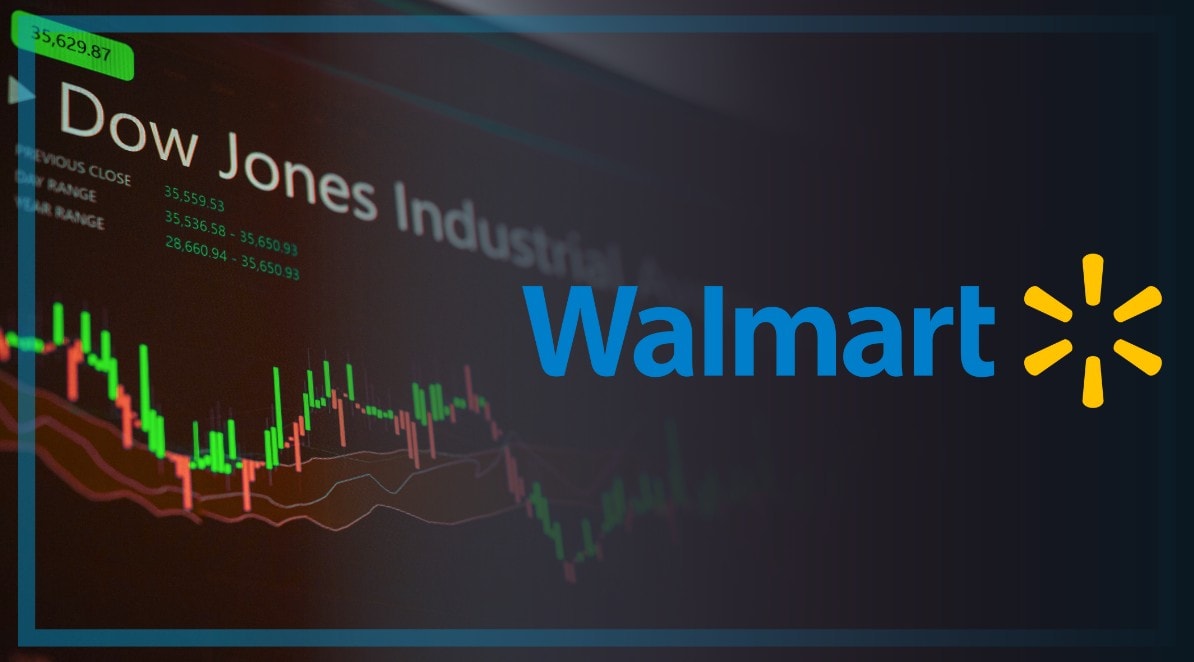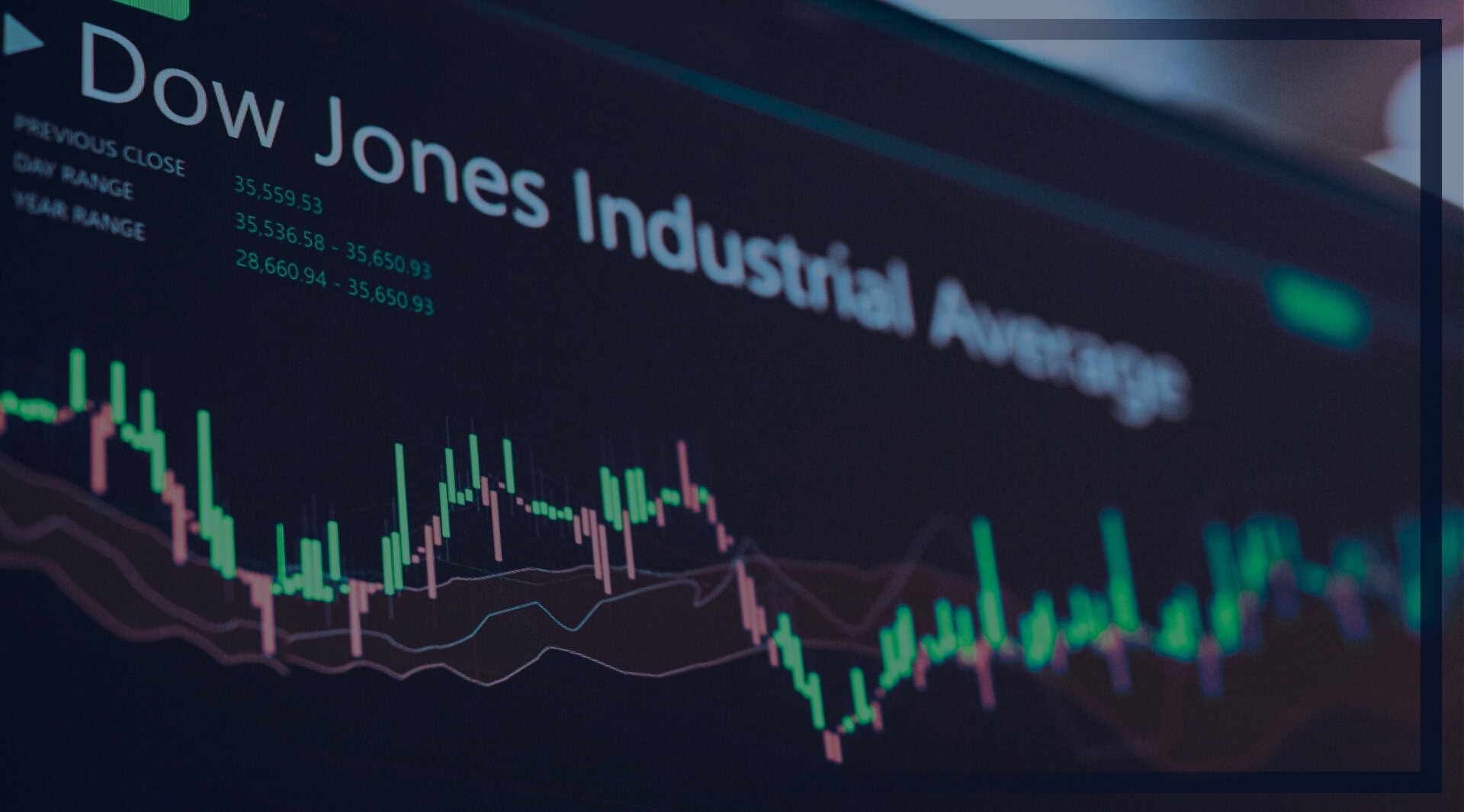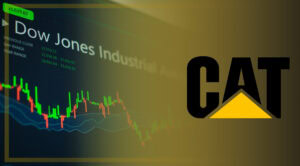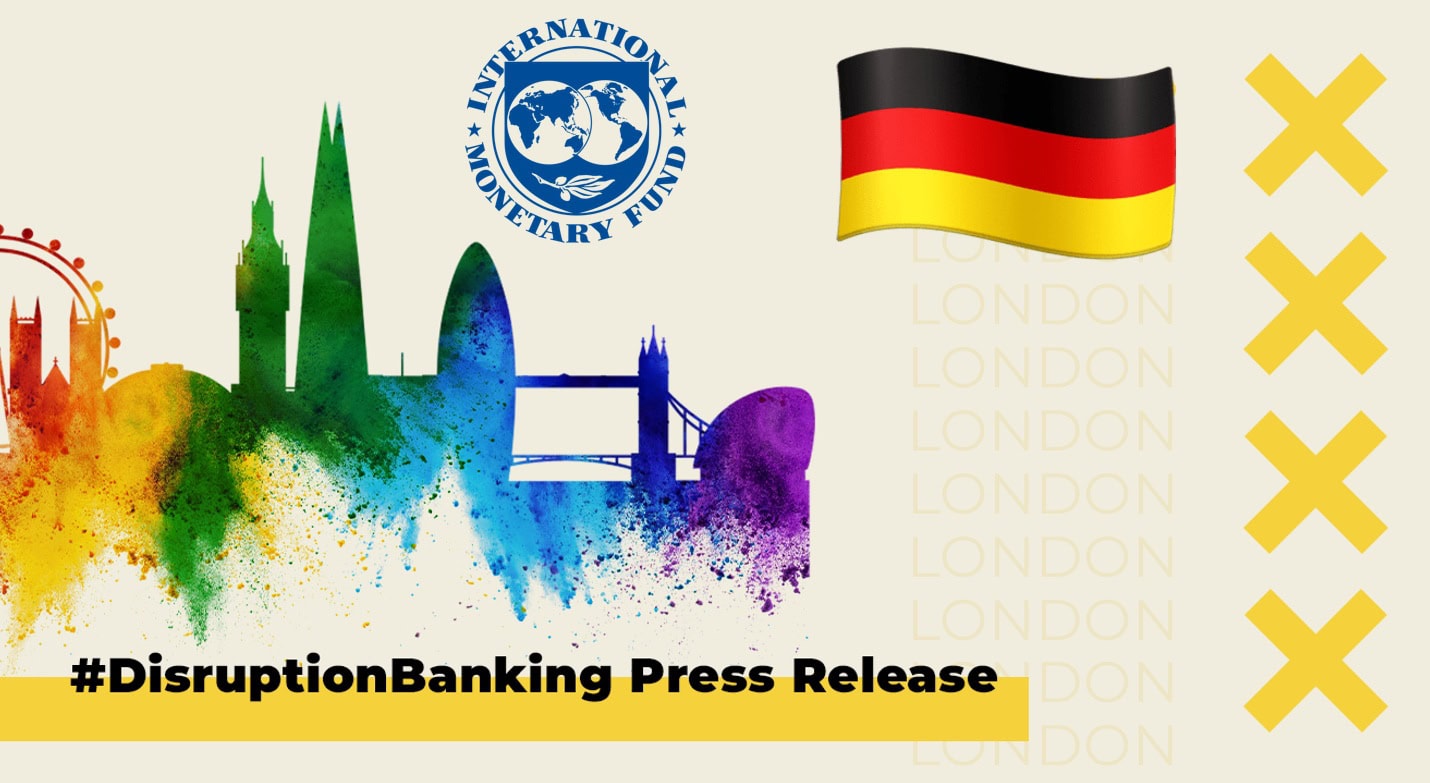As Disruption Banking only just recently concluded its in-depth investigative series on the Dow-30 stock members, one question now refuses to go away: Why isn’t BlackRock, Inc. (ticker: BLK), the world’s largest asset manager, a member of the Dow Jones?
The question sounds simple but cuts to something fundamental about how we think about corporate America. BlackRock, with roughly $168 billion(TradingView) in market capitalization at time of writing, and dominance across the asset management world, doesn’t sit in the Dow Jones Industrial Average (DJIA). The world’s largest investment manager doesn’t belong in the index meant to represent the thirty bluest of blue chips.
That’s worth examining, because the answer reveals more about what the Dow actually is, and what it isn’t, than it does about BlackRock itself.
Why the Dow Jones Still Uses 19th-Century Rules in 2025
The DJIA is a price-weighted index of 30 large U.S. blue-chip companies, covering all major industries except transportation and utilities. It serves as one of the most quoted captures of the U.S. stock market, even though it only tracks a tiny fraction of listed firms. Because the Dow is price-weighted rather than market-cap-weighted, stocks with higher share prices carry far more influence than cheaper ones, regardless of company size. That structure means a very high-priced stock can distort the whole index unless it first splits.
The 30 members are not chosen by formula. A small index “committee of S&P Dow Jones Indices and Wall Street Journal executives” selects them based on reputation, history of sustained growth, and how well each firm represents its industry. In practice, that process keeps the Dow focused on big, familiar brands that “feel” like the U.S. economy.
Critics have long argued that a 30-stock, price-weighted index is a poor proxy for the modern market and understates whole sectors compared with broader benchmarks like the S&P 500.
BlackRock’s $13.5 Trillion Empire vs the Dow’s Tiny Club
BlackRock sits at the center of this new market reality. Its assets under management (AUM) hit a record $13.46 trillion in Q3 2025, up from $11.48 trillion a year earlier, as global markets rallied and ETF flows surged. This is far more than any single Dow component’s market cap. For perspective, its AUM exceeds the GDP of many countries.
A separate analysis puts that figure at about $13.5 trillion, with more than $5 trillion sitting in its iShares ETFs alone. On the equity side, the firm’s market value stands at above $160 billion today, larger than several existing Dow components, like chemical 3M (MMM) at $89 billion, aerospace Boeing (BA) at $137 billion, though smaller than mega-caps like Apple (AAPL) or IBM.
The stock itself trades around the $1,000 mark, after touching above $1,200 in October. That price level would instantly make BlackRock the most expensive Dow stock by far under its price-driven formula (the current highest, Goldman Sachs, is below $800). Historically, every company added to the Dow has moderated its price (via stock splits) to avoid imbalance.
BlackRock’s business model leans heavily on index funds and ETFs, which continue to attract large, low-fee flows, but it is also expanding fast into private markets, infrastructure, and data platforms like Aladdin and Preqin. Passive funds (largely managed by BlackRock, Vanguard, and State Street) now account for roughly half of global equity market capitalization. In other words, this is not a niche finance shop. It is a core piece of market plumbing.
The Three Real Reasons BlackRock Is Locked Out of the Dow
So why is such a dominant firm not part of the Dow 30? The first reason is mechanical. A $1,000 share price would skew a price-weighted index whose constituents cluster at far lower levels. When the committee last reshaped the index to add more modern names, it used splits and switches to avoid excessive concentration in a few high-priced stocks. Nvidia (NVDA), Amazon (AMZN), and Sherwin-Williams (SHW) only entered the Dow after stock splits brought their nominal prices down. BlackRock has not taken that step, and without it, one firm would dominate a benchmark meant to look balanced on screen.
Sector weight is the next constraint. The Dow already hosts multiple financial-sector firms: JPMorgan (JPM), Goldman Sachs (GS), American Express (AXP), Visa (V), and Travelers (TRV). Together they account for a large chunk of the index’s total weight. Adding BlackRock, the world’s largest asset manager, on top of those names would further tilt the Dow toward finance at the expense of other sectors the committee wants represented, such as healthcare, industrials, and consumer staples.
Beyond that, there is the softer question of narrative, or index convention, if you like. The index committee still frames the Dow as a snapshot of the “real” economy. That mindset tends to favour companies that sell products or widely used services rather than firms that sit on top of the financial system. Asset management, even at BlackRock’s scale, does not obviously fit that story in the way a Disney (DIS), a Coca-Cola (KO), or a Johnson & Johnson (JNJ) does. Since stock selection is not rule-based, the committee can simply decide that the existing mix already represents “finance” well enough and leave BlackRock out.
The Passive Investing Giant the Dow Pretends Doesn’t Exist
BlackRock’s absence matters because the center of gravity in markets has shifted toward exactly what it does. Passive vehicles now represent roughly half of global equity market capitalisation, and that share is still rising. Index-linked assets have swelled into the tens of trillions of dollars, with passive funds estimated at about $22.5 trillion and more than 40% of total fund assets by early 2025.
Those flows are not neutral. Research on ETFs and index products shows that mechanical buying and selling can move whole baskets of stocks together and increase correlations, with potential systemic consequences. Passive strategies push more and more capital into the same large constituents of major indices, many of which are already in the Dow. BlackRock, as the largest ETF issuer, sits at the very centre of that flow machine.
Seen from that angle, the Dow is effectively benefiting from the passive boom that BlackRock amplifies, while refusing to acknowledge that power in its own membership list. The index still presents itself as a simple gauge of industrial and consumer strength, even as the real leverage in markets is increasingly exercised by asset managers and index providers behind the scenes.
What BlackRock’s Absence Says About the Dow in 2025
There is no hard rule that BlackRock must join the Dow, and the existing methodology explains why it has not. A price-weighted structure, a desire to control sector exposure, and a subjective committee all combine to keep the index looking the way its designers expect investors to recognise. On those terms, leaving BlackRock out is internally consistent.
But the gap between BlackRock’s real-world influence and its absence from the Dow highlights how dated the index’s lens has become. An asset manager that oversees more than $13 trillion, drives ETF flows, shapes demand for public equities, and is pushing into private markets is not some side player in the economy. When that kind of institution stands outside the most famous U.S. stock index, the problem is not BlackRock. The problem is that the Dow is still selling a twentieth-century story about who really moves markets.
Bottom Line: BlackRock Is Simply Too Big (and Too Different) for the Dow
The reason BlackRock isn’t in the Dow probably comes down to this: inclusion wouldn’t represent the economy better, would create structural conflicts for index tracking, and would be adding asset management exposure where financial services exposure already exists. The committee made the right call by not forcing it.
The Dow works because it stays focused on the businesses that make things, trade things, finance things through traditional channels, and solve problems people actually have. BlackRock profits from managing the capital that flows to all of it. That’s influence enough.
#CapitalMarkets #DowJones #DJIA #BlackRock #ETFs #AssetManager
Author: Richardson Chinonyerem
The editorial team at #DisruptionBanking has taken all precautions to ensure that no persons or organizations have been adversely affected or offered any sort of financial advice in this article. This article is most definitely not financial advice.
See Also:
A Company-by-Company Look at the Dow Jones Index | Disruption Banking
How Trump Impacts the Dow Jones | Disruption Banking
How has the Dow Jones Performed over the last 5 Years? | Disruption Banking













